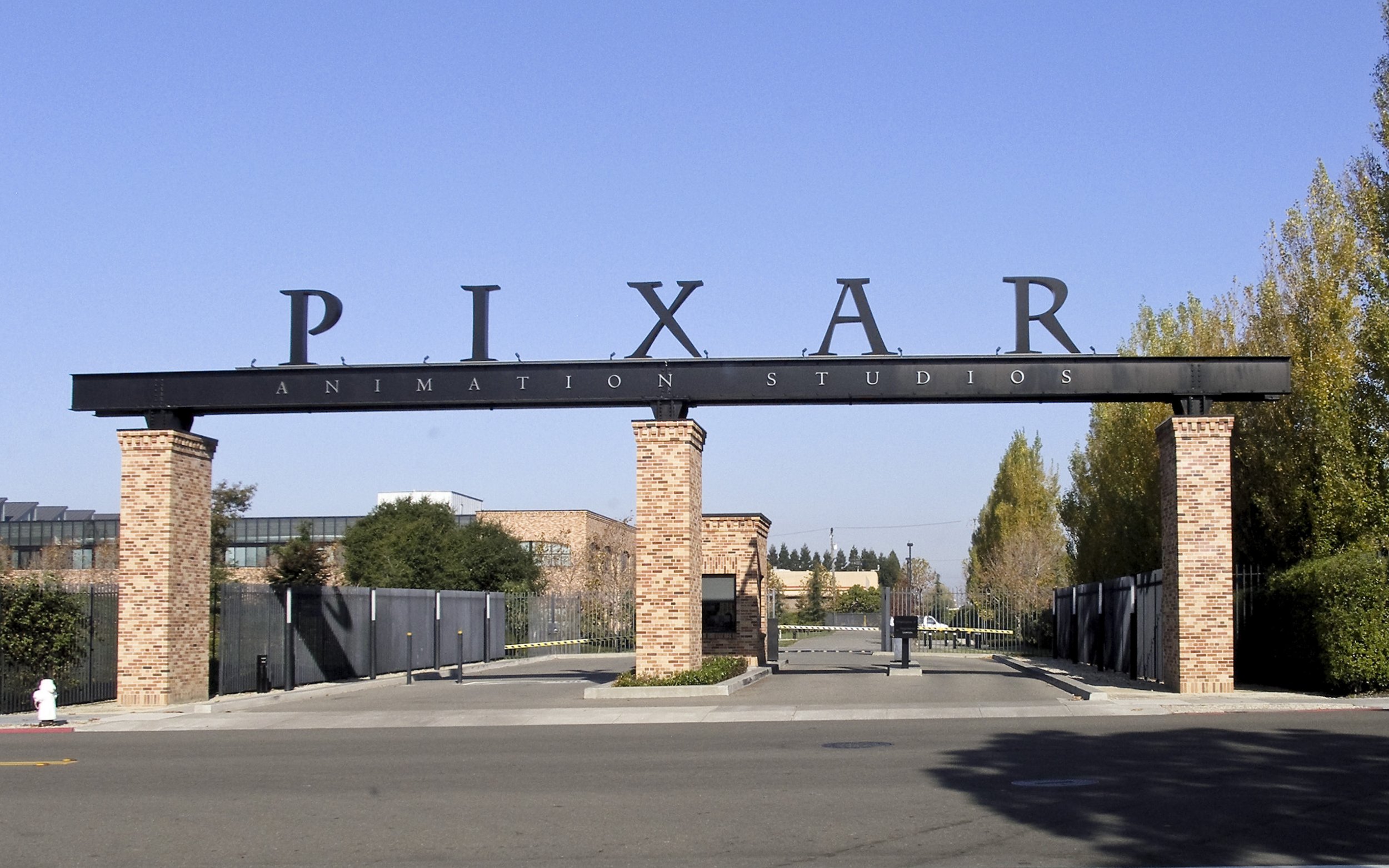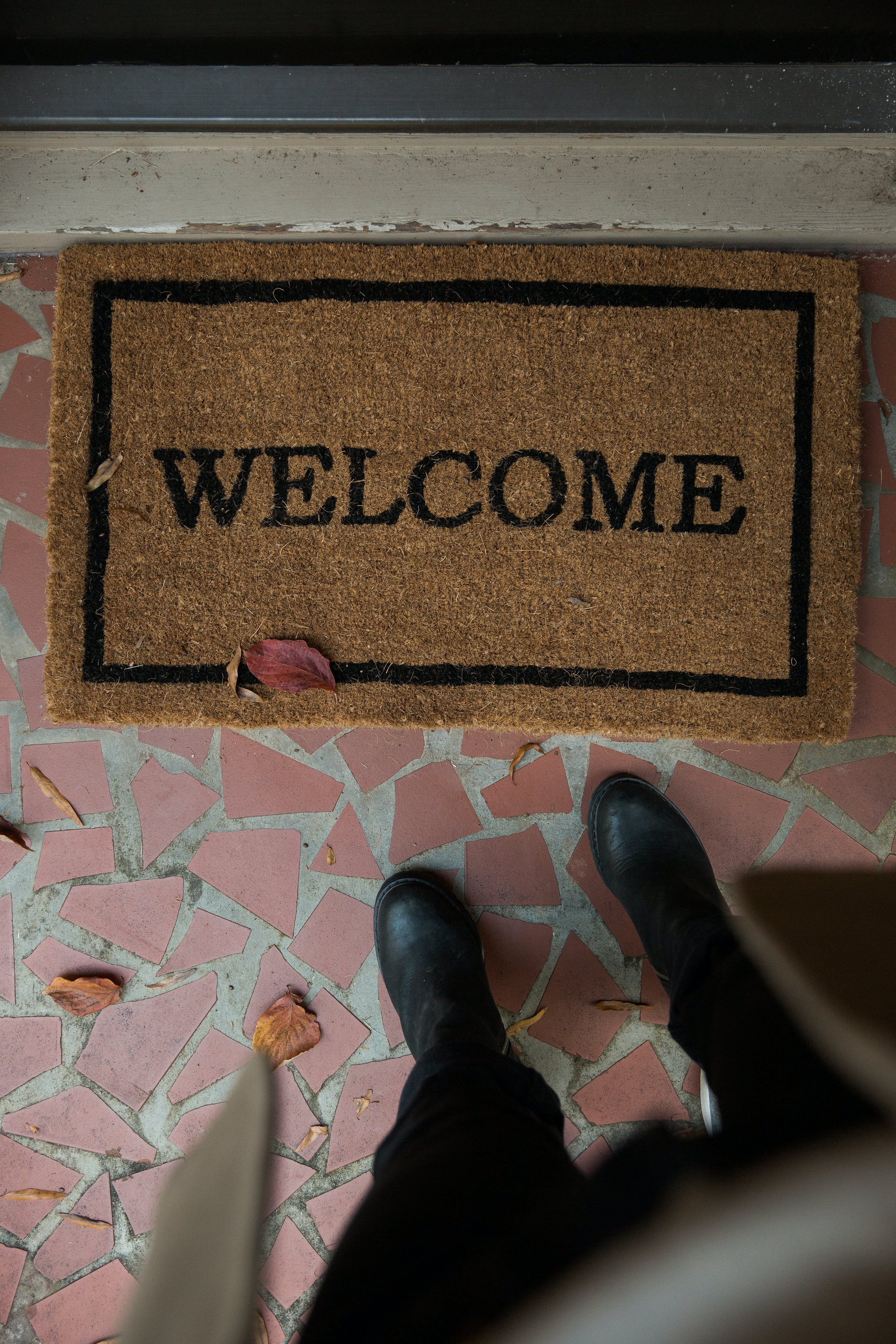As we continue to journey through the Change Formula, we need to be able to craft a compelling Case for Change within the Change Formula, focusing on dissatisfaction (D). Through communication, leadership support, and a culture of improvement, we address why change is necessary and its implications. Articulating the Case effectively across platforms to build support and counter resistance is crucial.
Dissatisfaction with Status Quo and the Case for Change: Part 1
The Change Formula, a tool introduced recently, emphasizes the necessity of Dissatisfaction (D) with the status quo for meaningful change to occur. Dissatisfaction stems from various sources within communities or organizations, such as performance gaps, external pressures, cultural misalignment, and leadership issues. Addressing dissatisfaction is crucial as it can lead to resistance, decreased morale, missed opportunities, and hindrance to organizational growth. Real-life examples illustrate the importance of recognizing dissatisfaction and driving change, whether it's transitioning to a team-based organization, expanding regionally for impact, or adapting to evolving EMS models.
How Do We Drive Change in our Communities
Have you ever found yourself wanting to implement some kind of change either in your community or at your place of business and realized you didn’t have the support to make it happen? Over the course of the next 3-4 weeks, we will explore each element of the Change Formula creating a pragmatic, directly applicable model you and your team can now start to follow when implementing change.
Friday You
Uncover the importance of embracing your own 'Friday You.' Delve into the significance of carving out moments of relaxation and spontaneity amidst the hustle of daily life. Join us on a journey of introspection and celebration, as we unravel the magic of Fridays and the timeless lessons they impart.
Embracing Change: Navigating the Ever-Changing Landscape of Community Leadership
We must be change agents. If change will already happen constantly, we must work as community leaders to guide that change for the better. We will spend some time over the next few weeks diving deep into change so that we can better understand, with fanatic discipline and empirical creativity, how we can master change.
Creating Helpfulness In Community by LEADing
When we are called to provide hope, humanity, humility and helpfulness through LEADing. We must first Look around and pay attention finding moments and opportunities to empathize. Empathize by perspective taking, being non judgemental, recognizing emotion, communicating and practicing mindfulness. Acknowledge the truth of the current situation. Decide what actions need to be taken (if any).
Turning Community Building and Leadership Upside Down
The Upside-Down Community Leadership concept envisions leaders at the bottom, serving and uplifting the community members. This inversion reflects a shift from self-centered leadership to a more altruistic and community-centric approach. The core principles of the Upside-Down Community concept align with virtues such as humility, compassion, and service to others. By adopting a servant-leadership mindset, community leaders prioritize the well-being of the community over personal gain. This model encourages leaders to lead by example, demonstrating that true greatness arises from selfless service and a commitment to the collective good.
Fostering Humanity in Community Leadership
As communities (both at work and in life) grapple with shifting values and ethics, steering away from a shared sense of humanity, the perilous path of individualism and vested interests looms. This phenomenon of individualism finds its roots in a focus on personal feelings and self-actualization, championed by great minds like Emerson and Thoreau. However, I would argue that in order to find ourselves, we have lost each other. The antidote to strict individualism lies in the love of humanity, a force that transcends self-interest and places communal well-being at its core.
Creating Pragmatic Hope In Your Community
Hope can be a faint glimmer on the distant horizon. It can keep us moving on the journey of community, belonging and love. Hope is a way of thinking - a cognitive process - or as C. R. Snyder called it a trilogy of: goals, pathways and agency.
Yes, hope is also based in emotions and can greatly inspire us to reach the highest heights, however its core is in ‘function.’ We experience hope when we can set realistic goals, when we can stay flexible and develop alternative pathways, and when we believe in ourselves or “agency.”
Building Bridges: The Transformative Power of Hospitality in the Workplace and Communities
Community, a term encompassing our town halls, spiritual centers, workplaces, and backyards, holds diverse meanings for different people. It can signify gathering, progress, workplace teams, civic justice, or merely the coming together of a people. Amid these various perspectives, one often overlooked concept stands out as a powerful force capable of transforming communities from the inside out: hospitality.















